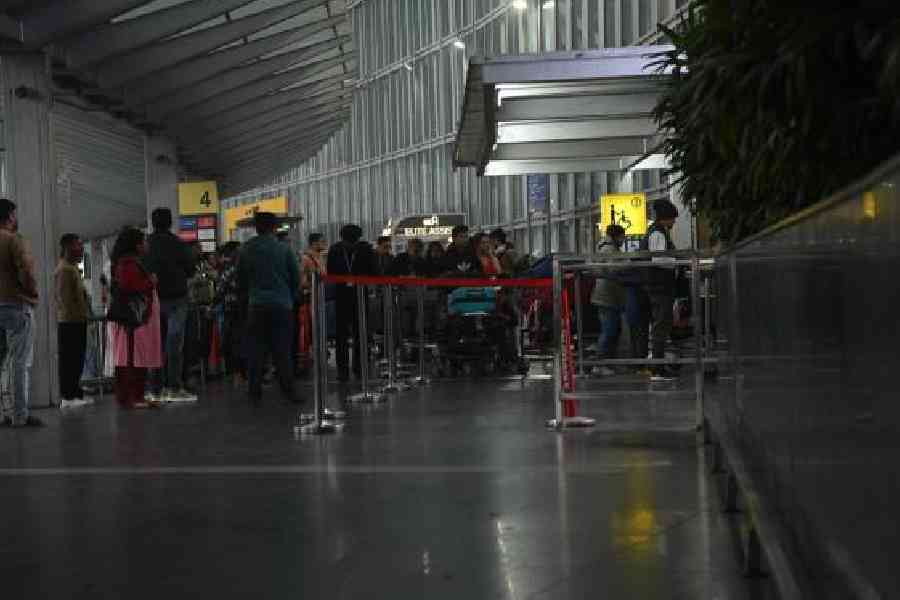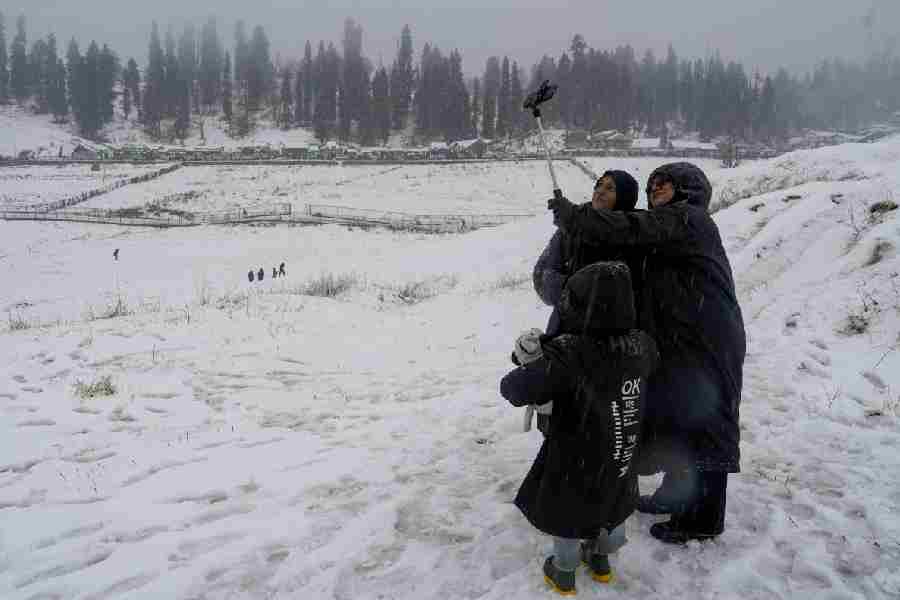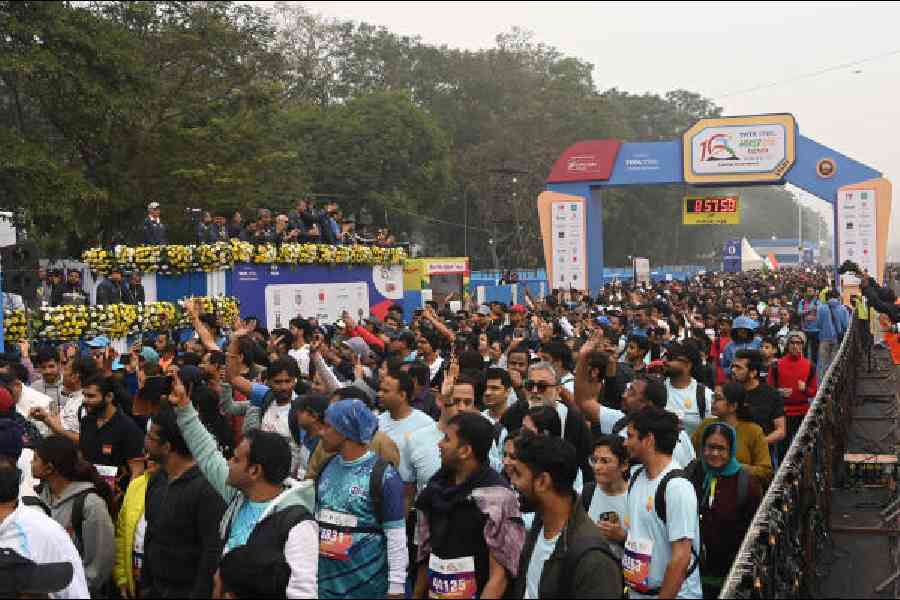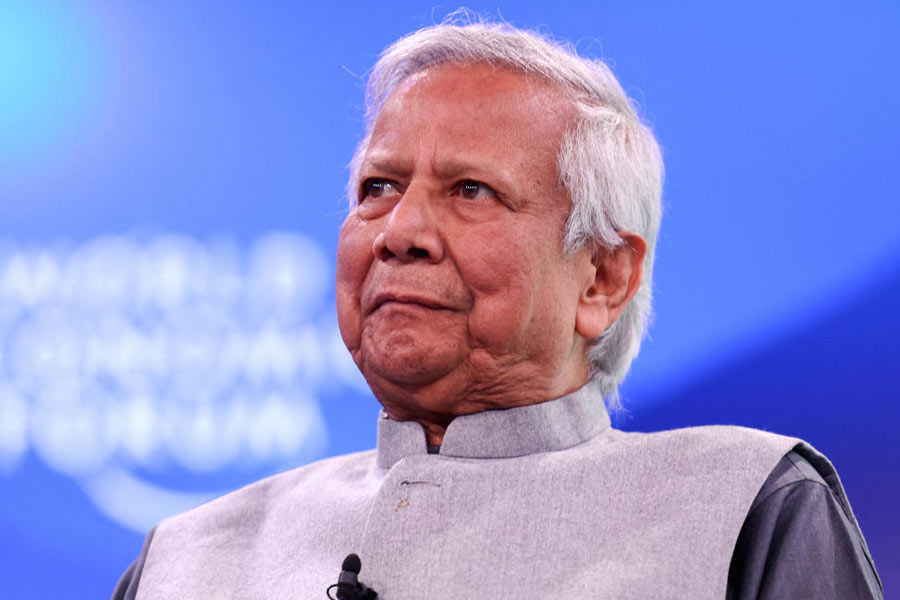As the US and Russia begin talks to end the war, Moscow is pressing its advantage on the battlefield by closing in on Dnipropetrovsk, one of Ukraine’s largest regions and one with a major industrial base. Russian troops are now less than 5 km from the region’s border, and they have been pushing forward in recent days.
Should the Russian Army cross from the eastern Donetsk region into Dnipropetrovsk, it would deal a big blow to morale in Ukraine — marking the fifth region to face partial Russian occupation and expanding Moscow’s control over the war-torn country. It could also complicate Kyiv’s position in territorial negotiations that might arise during peace talks.
The Russian advance has already reshaped the landscape of Dnipropetrovsk’s border area, once a quiet expanse of rolling fields and small villages. Now, trenches and anti-tank ditches line roads where convoys of armoured vehicles pass. Tanks are concealed in tree lines. In villages closest to the front, soldiers have taken over buildings damaged by bombing or abandoned by locals.
After preparing their weapons, the soldiers crowded into an armoured vehicle.
The Ukrainian backpedalling can be seen in the westward relocation of the aid station where medics of the 33rd Mechanised Brigade treat wounded soldiers. Late last year, they retreated three times in as many months, hauling medical beds and blood banks in trucks with them.
The medics never thought they would be forced to entirely abandon Donetsk, an area where their unit had fought for a year, and retreat over its western boundary into Dnipropetrovsk.
Earlier this year, that became a reality. Now, the medics fear Moscow’s troops will soon follow.
“It always happens this way,” said Lt. Vitalii Voitiuk, head of the brigade’s medical unit. “When medical units start moving into an area, it means the front line isn’t far behind.” He was speaking at his new aid station near the frontline where injured soldiers receive lifesaving care before being sent to a hospital farther behind the lines.
Outside the aid station, the distant rumble of outgoing artillery fire echoed through the night. “That alone tells you the war is getting closer,” said Voitiuk, a burly 34-year-old.
Civilians, too, are bracing for the fight. Some have already evacuated — including those who fled the war in the east earlier — while others are making plans to relocate.
“When we read the requests to evacuate people from Dnipropetrovsk, it felt terrifying,” said Bohdan Zahorulko, a worker at East SOS, a Ukrainian nongovernment organization helping internally displaced people.
Russia’s push towards Dnipropetrovsk, an area of more than three million people with major steel mills, builds on six months of rapid advances in Donetsk. Since August, its troops have captured an average of about 289 km of territory each month in Ukraine, nearly four times the size of San Francisco, according to the Black Bird Group, a Finland-based research company. Most of those gains were in Donetsk.
In recent weeks, Russia’s advance has slowed. Franz-Stefan Gady, a Vienna-based military expert who recently returned from a research trip in eastern Ukraine, attributed the slowdown to bad weather hindering Russian mechanised assaults and airstrikes. He also noted Ukraine’s effective use of drones to hit troops and armoured vehicles.
“But drones can’t hold territory,” said Lt. Col. Vadim Balyuk, commander of the Shkval Special Forces Assault Battalion in Ukraine’s 59th Brigade. Speaking from a small wooden house in the border area, where he monitors live battlefield footage on screens, he said his unit’s job is to do what drones cannot: secure control of villages and clear a path for Ukrainian infantry to move in.
Colonel Balyuk said his unit had recently cleared two settlements of Russian forces, which could have been used to support their push toward Dnipropetrovsk. But he had no illusions that the fight was over. “The enemy is just regrouping now,” he said. Soldiers returning from the Donetsk front said Ukraine’s biggest battlefield challenge remains unchanged: an enemy whose overwhelming manpower advantage allows for relentless assaults.
Dmytro, a 35-year-old infantryman with a concussion, was evacuated to the 33rd Mechanised Brigade’s aid point one night. He described a four-hour trench battle so fierce that he could not lift his head above the parapet to spot attacking Russian troops. But from the incoming fire, he said, he could tell they were advancing in small groups, methodically closing in.
New York Times News Service










